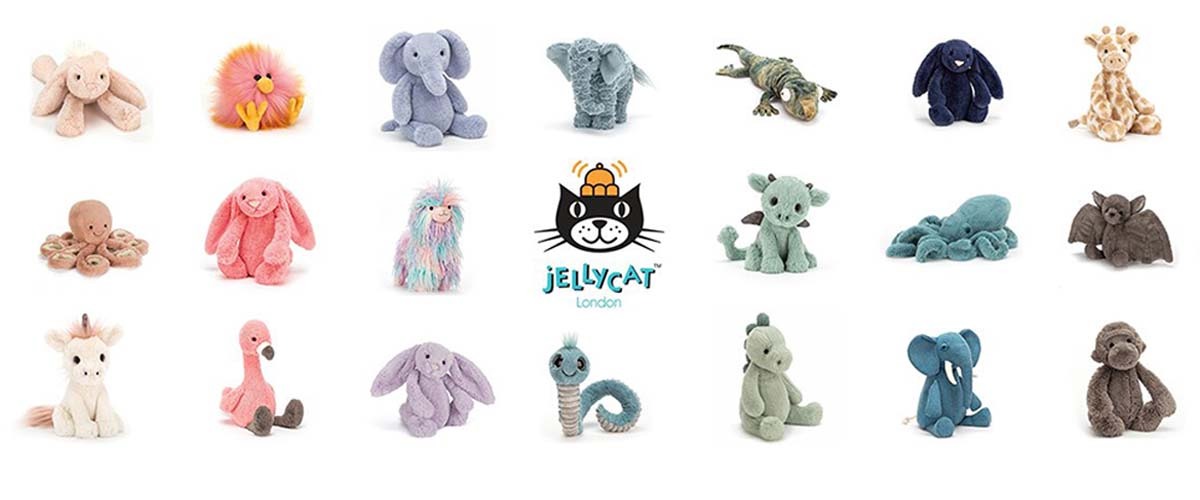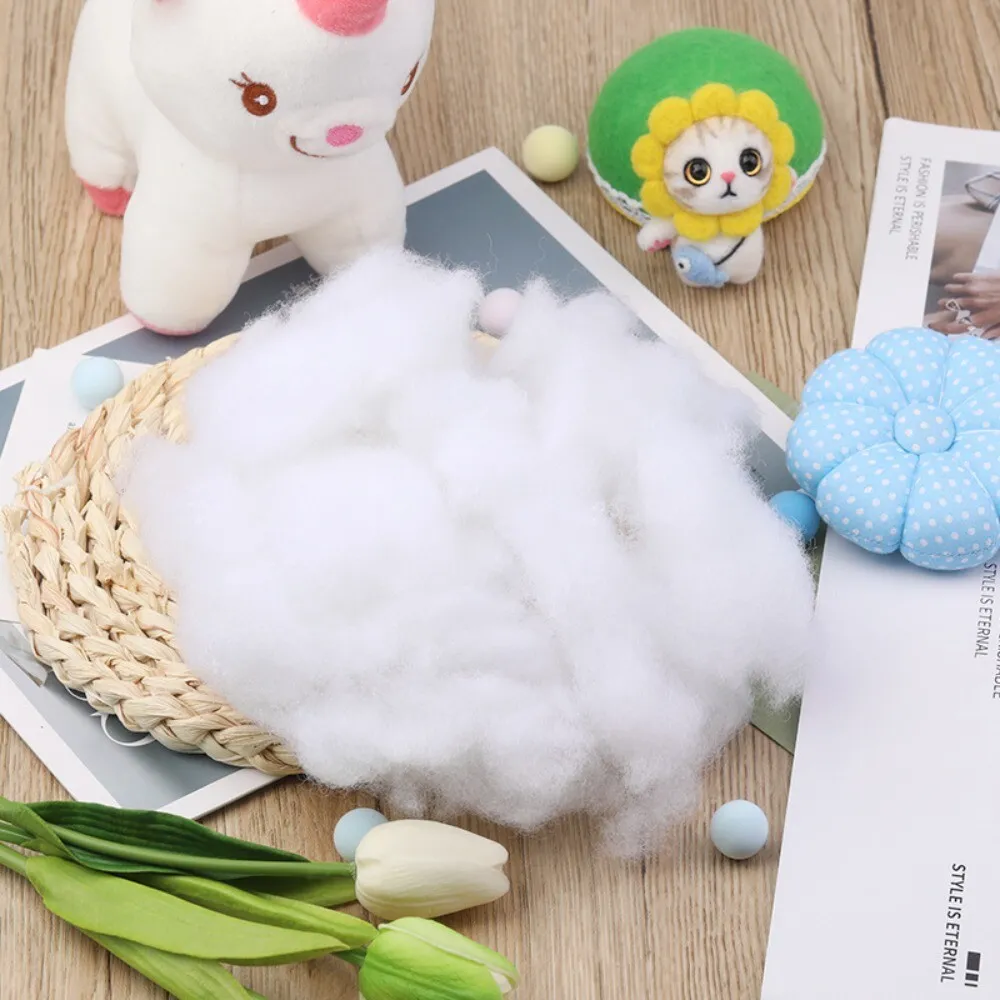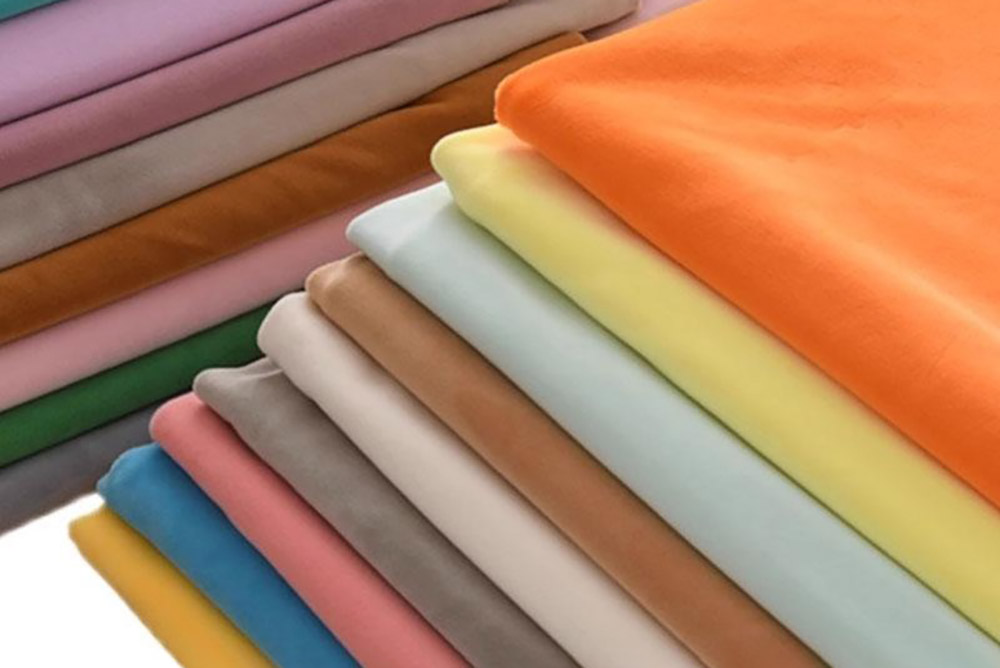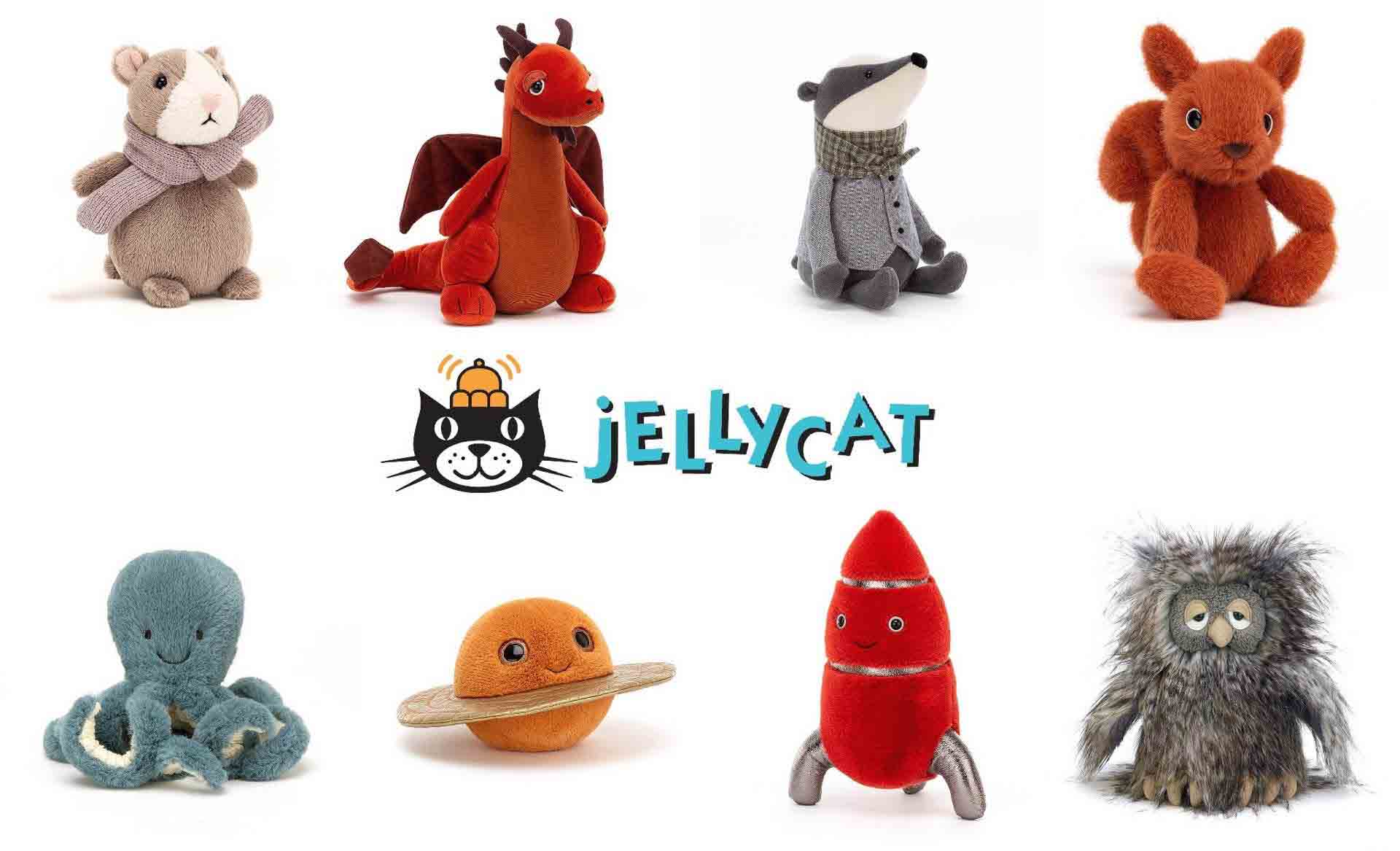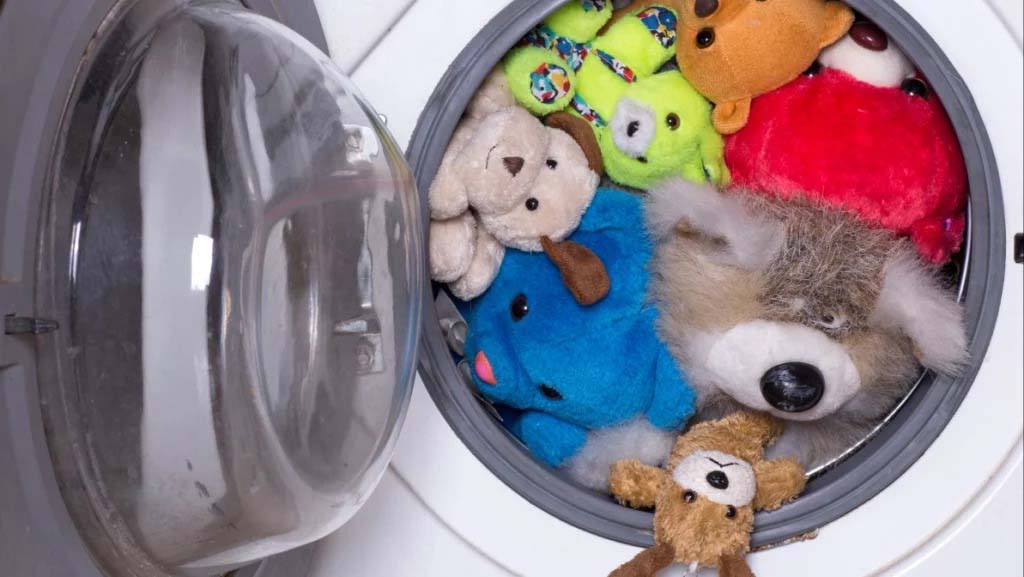Plush fabric is one of the most beloved materials in the textile world. Known for its soft, velvety surface and versatile applications, it has become a top choice for toys, fashion, and home décor. For businesses in retail, manufacturing, or branding, understanding plush fabric is essential for creating products that feel premium and perform well in the market.
Plush fabric is a textile with a dense, fluffy pile that delivers softness, warmth, and luxury. It is commonly used in stuffed animals, baby products, fashion garments, and upholstery. Buyers choose plush fabric because it is durable, customizable, and available in eco-friendly options like RPET. Selecting the right type of plush ensures safety, comfort, and long-lasting performance for end users.
In this guide, you will learn the definition, features, types, production process, applications, and advantages of plush fabric.
1. Definition of Plush Fabric

Plush fabric is a pile fabric with fibers extending from its base, giving it a soft and luxurious touch. The term “plush” comes from the French word peluche, meaning “shaggy.” It has been used for centuries in clothing and upholstery, but in modern times, it has become most popular in toy and lifestyle industries.
Plush fabric is defined as a textile with a cut or uncut pile, usually made from polyester, cotton, or blended fibers. It has a velvety surface and comes in different pile lengths. It can be short and smooth, like velboa, or long and fluffy, like faux fur.
Plush is widely appreciated for being skin-friendly and adaptable to different products. For manufacturers like us at Kinwin, it offers endless customization in thickness, color, and finishing to meet client requirements.
Table: Core Attributes of Plush Fabric
| Attribute | Details |
| Origin | Derived from French word peluche |
| Material Base | Polyester, cotton, viscose, or blends |
| Surface | Soft, velvety pile, short or long nap |
| Uses | Toys, apparel, upholstery, accessories |
| Key Benefit | Comfort, aesthetics, durability |
2. Key Features of Plush Fabric

The strength of plush fabric lies in its unique balance of softness and performance. Businesses value it not only for tactile appeal but also for durability and practicality.
Plush fabric offers softness, warmth, durability, vibrant colors, and easy customization. It is resistant to wear, maintains its pile structure after washing, and can be finished for added flame-retardancy or eco-certification.
For global buyers, plush stands out because it ensures a premium user experience. Retailers selling plush toys or baby products often highlight the “soft-touch” quality to reassure parents and customers.
Key features include:
Soft Texture: Gentle for skin contact, ideal for children’s toys.
Durability: Strong polyester fibers resist tearing and maintain shape.
Versatility: Works across different industries from toys to apparel.
Color Retention: Dye holds well, enabling vivid and lasting shades.
Sustainability: Modern plush fabrics can be made from recycled PET.
Table: Plush Fabric Key Features
| Feature | Benefit for Clients |
| Softness | Enhances comfort, child-friendly |
| Durability | Withstands frequent handling and washing |
| Color Options | Customizable for branding and product themes |
| Eco-options | RPET or organic cotton meets sustainability goals |
| Versatility | Suitable for fashion, toys, upholstery, and promotional merchandise |
3. Common Types of Plush Fabrics

Plush fabric comes in several variations, each suitable for specific applications. As a factory, we often help clients choose the right type depending on their product line.
The most common types include velboa, minky, fleece, faux fur, and RPET plush. Each type has distinct surface texture, thickness, and functional benefits.
Velboa: Short pile, smooth, cost-effective. Used in baby toys and mass production.
Minky Plush: Super-soft, slightly stretchy, popular for blankets and premium toys.
Faux Fur: Long pile, fluffy, mimics animal fur, often used in fashion and novelty items.
Sherpa/Fleece Plush: Warm and insulating, great for apparel and cushions.
RPET Plush: Eco-friendly, made from recycled bottles, favored by sustainable brands.
Table: Plush Fabric Types and Applications
| Type | Characteristics | Applications |
| Velboa | Short pile, smooth, easy to print | Baby toys, dolls, lining |
| Minky | Extra soft, stretchy, luxury feel | Premium plush toys, baby blankets, accessories |
| Faux Fur | Long pile, fluffy, realistic appearance | Fashion trims, stuffed animals, costumes |
| Sherpa | Warm, insulating, curly texture | Winterwear, blankets, upholstery |
| RPET Plush | Eco-friendly, recycled polyester | Sustainable toys, promotional gifts |
4. Production Process of Plush Fabric

To truly understand plush fabric, it’s helpful to look at how it is made. The process involves precision and quality control to achieve consistency.
The production of plush fabric includes fiber selection, knitting or weaving the base, pile formation, dyeing, finishing, and inspection. Each stage ensures durability, safety, and performance.
Fiber Selection: Polyester or cotton chosen for softness and strength.
Knitting/Weaving Base: Base fabric created to support pile.
Pile Creation: Cut or uncut loops added for texture.
Dyeing & Printing: Colors or patterns applied with colorfastness.
Finishing: Brushing, shearing, flame-retardant or eco-finishes.
Inspection & Testing: Checked for durability, safety, and compliance.
Table: Plush Fabric Production Stages
| Stage | Purpose |
| Fiber Choice | Determines softness, durability, eco-characteristics |
| Base Creation | Strengthens structure |
| Pile Addition | Provides plush texture |
| Dyeing | Adds color and branding flexibility |
| Finishing | Enhances performance and look |
| Inspection | Ensures safety, compliance (CE, ASTM) |
5. Applications of Plush Fabric

The applications of plush fabric extend far beyond toys. For buyers, this versatility means broader markets and greater product opportunities.
Plush fabric is widely used in stuffed animals, baby products, fashion garments, upholstery, promotional goods, and home décor. Its softness and durability make it an appealing choice for both comfort and aesthetics.
Common applications:
Plush Toys: Teddy bears, dolls, animals.
Baby Products: Blankets, pillows, comforters.
Fashion: Jackets, linings, trims, accessories.
Home Décor: Cushions, upholstery, throws.
Promotional: Branded plush giveaways.
Table: Plush Applications by Sector
| Industry | Typical Products |
| Toys | Plush animals, dolls, mascots |
| Baby Products | Swaddles, comforters, play mats |
| Fashion | Outerwear, hats, trims |
| Home Décor | Cushions, blankets, upholstery |
| Promotional | Customized plush, corporate mascots |
6. Advantages and Limitations of Plush Fabric

Every material has strengths and limitations. Knowing both helps buyers make informed choices.
Plush fabric offers softness, durability, and wide customization options. However, it can attract dust, require careful washing, and in low-quality versions, may shed fibers.
Advantages:
Extremely soft, ideal for children.
Retains colors well.
Flexible for printing and embroidery.
Long-lasting with proper care.
Eco-friendly versions available.
Limitations:
Prone to dust or lint collection.
Requires specific washing methods.
May be less breathable compared to natural fabrics.
Lower-quality plush may flatten or shed.
Table: Pros and Cons of Plush Fabric
| Aspect | Advantages | Limitations |
| Comfort | Extremely soft, warm | Can trap heat |
| Durability | Long-lasting with strong fibers | Low-quality options may shed |
| Maintenance | Retains shape after washing | Needs gentle cleaning care |
| Customization | Wide design flexibility | Specialty printing may cost more |
| Eco-benefits | RPET and organic options available | Availability varies by supplier |
7. Plush Fabric in the Toy Industry

Plush fabric plays the most important role in the toy sector, especially for stuffed animals and dolls.
In the toy industry, plush fabric is valued for safety, softness, and durability. Plush toys require compliance with CE, ASTM, and EN71 certifications, making fabric quality a top priority for global buyers.
Brands use plush fabric to deliver not only comfort but also branding value. For example, short-pile velboa is cost-efficient for mass-produced dolls, while RPET plush attracts eco-conscious parents. Long-pile faux fur gives toys a premium look for collectors.
Table: Plush Fabric in Toy Manufacturing
| Factor | Importance in Toys |
| Safety | Compliance with CE/ASTM/EN71 |
| Softness | Safe for children, skin-friendly |
| Customization | Logos, embroidery, unique character designs |
| Durability | Survives frequent washing and handling |
| Market Trends | RPET and sustainable plush rising |
8. Care and Maintenance Tips for Plush Fabric

Proper care ensures plush fabric retains its softness and durability. Businesses and end-users both benefit from guidance on maintenance.
Plush fabric should be cleaned gently, using mild detergent, cold water, and air drying. Avoid harsh chemicals, high heat, or rough brushing, as these can damage the pile.
Practical tips:
Machine wash cold or hand wash when possible.
Use a mesh laundry bag for small plush toys.
Avoid bleach or fabric softeners.
Air dry flat or tumble dry on low.
Brush pile lightly after drying to restore softness.
Table: Care Guidelines for Plush Fabric
| Care Aspect | Best Practice |
| Washing | Cold water, mild detergent |
| Drying | Air dry or low tumble, no high heat |
| Chemicals | Avoid bleach and strong softeners |
| Storage | Keep away from dust and moisture |
| Maintenance | Light brushing to restore pile |
Plush fabric is a versatile, soft, and durable textile that continues to shape industries from toys to fashion. For businesses, selecting the right type ensures safety, comfort, and product appeal. At Kinwin, we help global buyers source high-quality plush fabrics and turn them into market-ready plush toys with full customization.
Ready to create your next plush toy line with certified, premium fabrics? Contact Kinwin today to discuss your design, material options, and wholesale needs.


